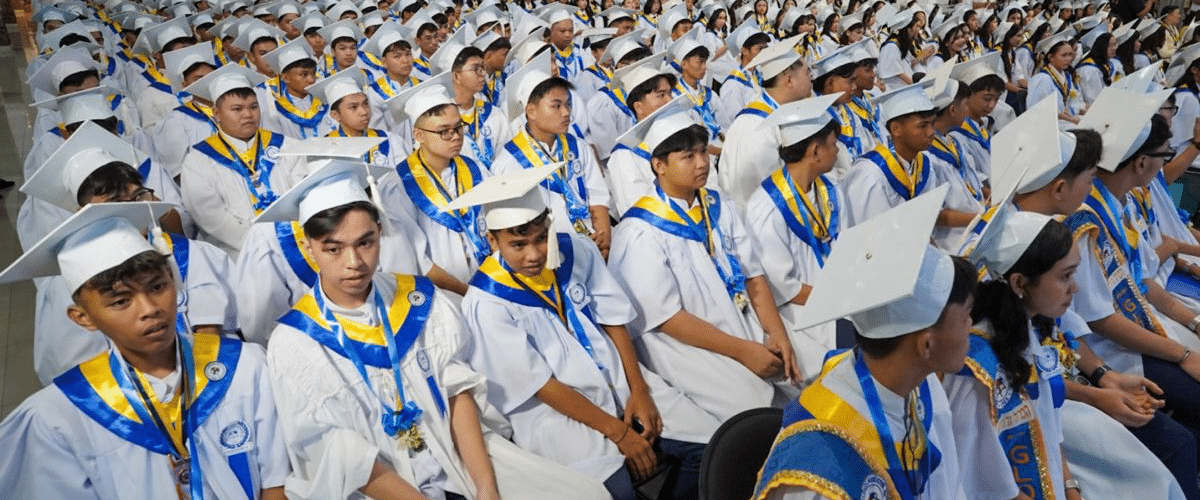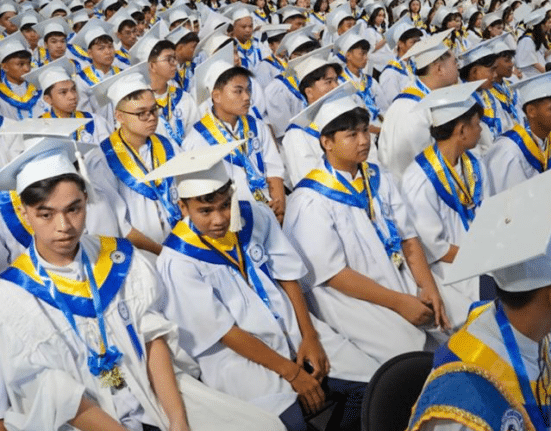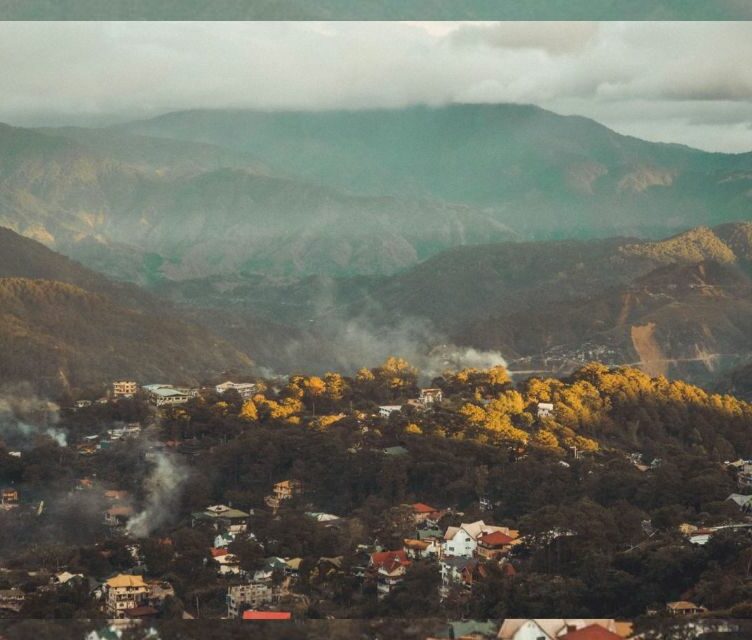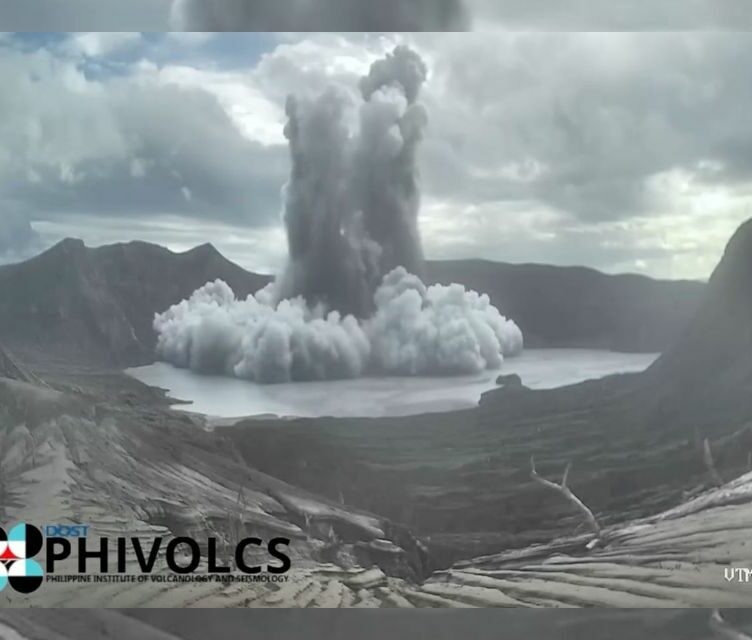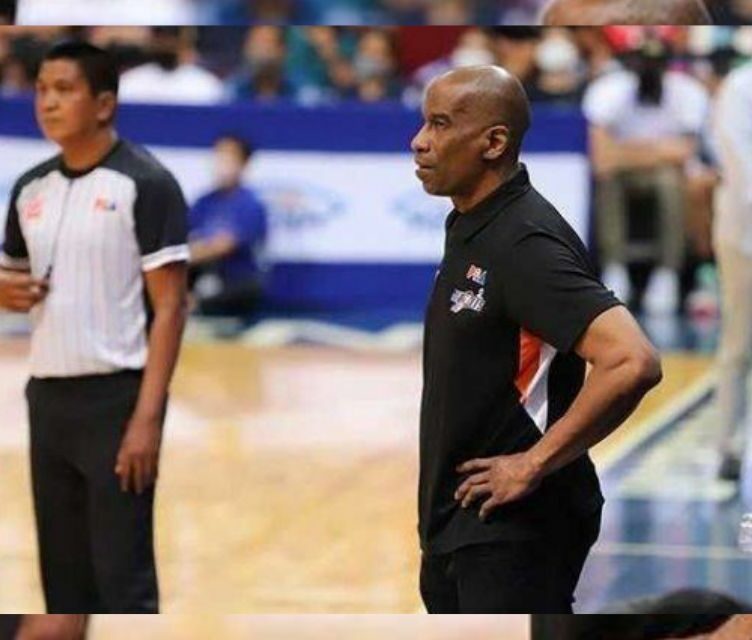EVEN a decade after its introduction, the K to 12 program continues to stir mixed reactions from the public.
While some had high hopes for the program, others aired out common sentiments like “Dagdag lang sa gastos ‘yan” or “Aksaya sa panahon.”
Critics are not alone, because even President Ferdinand “Bongbong” Marcos Jr. recently shared their frustration and stressed that K to 12 has failed to provide any real advantage to graduates.
One of the promises of K to 12 was to produce job-ready senior high school (SHS) graduates. The question is: did it happen? Unfortunately, not to all hopefuls of the program.
Due to this, several Filipinos are supporting calls to abolish the K to 12 program. But is it really the solution? Or should the Philippine government dig deeper into problems in the education sector and take immediate action on them?
As a K to 12 student
Before the K to 12 program was implemented in 2013, the Philippines only had a 10-year basic education cycle, consisting of six years of elementary school and four years of high school. At the time, the Philippines was the last Asian country and one of the three remaining countries in the world that had a 10-year pre-university cycle, shorter than the typical 12 years of basic education in other states.
Now Filipino students are required to undergo 12 years of basic education: six years of primary education, four years of junior high school (JHS), and two years of SHS.
At the SHS level (Grades 11 and 12), learners will choose one from the initial four tracks that align with their interests and career aspirations: academic, technical-vocational-livelihood (TVL), arts and design, and sports. Under each track are strands that offer specialized learning experiences that match the student’s chosen career path.
For Aerol Palapar, 17, who is still torn between a maritime or engineering-related program in college, picking the Science, Technology, Engineering, and Mathematics (STEM) as his strand was a good choice, though it was a difficult one.
“Sabi ng iba, before I enter Grade 11, ‘yung mga mapag-aaralan lang naman daw is ‘yung napag-aralan na nung [junior] high school. At some point, yes, but in my experience in school, the lessons in junior high school won’t be tackled again because [teachers] believe you have already known and mastered them,” the Grade 12 student from a parochial school in Caloocan City told republicasia.
This prompted Palapar to study on his own in order to refresh what he had learned in JHS and to understand the new lessons taught in SHS fully. But when asked if his current curriculum helps him prepare for his future academic and professional pursuits, Palapar found himself on the fence.
“Yes, in a way that I attained the knowledge and skills I want from the track I chose. No, because minor subjects take the students’ focus due to the amount of activities the teachers give,” Palapar shared.
“I believe that this curriculum will help me in my future endeavors if I focus more on the subjects that are related to my chosen college program,” he added.
As K to 12 teachers
Like Palapar, SHS educators Maricar Cruzado and Jairuz Noble have personally experienced the pros and cons of the enhanced basic education program.
One salient advantage of K to 12 is that it increases the students’ readiness for higher education, employment, or entrepreneurship, according to Cruzado.
“SHS has provided a platform for students to explore their interests more deeply through academic and technical-vocational tracks. However, the transition was not without challenges such as curriculum readiness and resource gaps, student preparedness, and load and specialization mismatch,” Cruzado, a public school teacher in Valenzuela City, told republicasia.
She recalled having to teach, along with other educators, new subjects to the SHS students without adequate instructional materials and training at the beginning of the K to 12 implementation.
It even came to a point where they were assigned to teach nonspecialized subjects due to a lack of manpower. This is what others refer to as out-of-field teaching, which may have detrimental consequences on the educator’s quality of teaching and their students’ learning.
“I am supposed to be a JHS English teacher in public; however, during my first months, I was assigned to SHS to teach empowerment technologies that is beyond my area of specialization,” Cruzado said.
Noble, a science and research teacher at a private school in Santa Cruz, Laguna, also noticed that other teachers struggled with a lack of learning materials.
“I am lucky that our school has constructed modules that we use in our classes. However, when I talk to my teacher friends from other schools, they mention that they are the ones who craft lessons or gather information from different sources to create their materials,” he shared in an interview with republicasia.
But what is more concerning is the poor literacy and numeracy skills of some SHS students.
“We did not expect that some of them would have difficulties with basic reading, spelling, and even basic operations upon entering Senior High School,” Noble noted.
To address these gaps, Noble said the teachers conduct mentoring and monitoring to support their students’ performances.
Revised SHS curriculum
In a bid to enhance the quality of basic education, the Department of Education (DepEd) opened the School Year 2025-2026 with the pilot implementation of the revised curriculum for the SHS students in several local schools.
Under the new curriculum, core subjects of Grades 11 and 12 are reduced from 15 to five: Effective Communication, Life and Career Skills, General Mathematics, General Science, and Pag-aaral ng Kasaysayan at Lipunang Pilipino.
The tracks are also reduced from the original four to two: academic and technical professional. Arts, design, and sports-related electives will now be under the academic track.
The new SHS curriculum is also moving away from the strict strand system, allowing the students to freely choose their electives from various clusters of subjects that their school offers.
The academic track covers the following electives: Arts, Social Sciences, and Humanities; Business and Entrepreneurship; STEM; Sports, Health, and Wellness; and Field Experience.
Meanwhile, the technical professional has: Agriculture and Fishery Arts; Information and Communication Technology; Family and Consumer Science; Industrial Arts; Maritime; and Work Immersion.
The DepEd clarifies that clusters are different from strands as schools are not required to offer all electives within a cluster.
The revised curriculum is being implemented in 841 schools nationwide. Of this number, 580 are public schools and 261 are private schools.
The educational institutions that Noble and Cruzado work for are not included in the pilot implementation. Although they still follow the old K to 12 curriculum, the two educators believe that their students are equipped with the valuable knowledge and skills they need in their chosen academic and career paths.
“Some of my students have been able to pass entrance examinations for their chosen college programs in the university that they’re chosen, such as the UP College Admission Test (UPCAT), and others have even been able to pass the DOST Scholarship Exam,” Noble shared.
He continued, “These accomplishments reflect not only their hard work but also the indicator of success of the curriculum and the learning strategies we implement in the classroom.”
Cruzado echoed this but acknowledged that students learn at different paces, with some struggling due to a lack of foundational skills or access to quality learning materials. However, she is confident that her students will eventually show improvement with proper guidance, differentiated instruction, and continuous support.
Reconstruct, not abolish
The K to 12 program may have been a subject of much debate even before its implementation, but several SHS students and teachers—including Palapar, Cruzado, and Noble—believe that it is still beneficial in gearing up the young generation for their future academic and career endeavors.
“Why not enhance the curriculum and make it more narrow so that students can focus on the subjects that are more related to their track?” Palapar said.
His mom, Alicia Palapar, shared his sentiment. While she understands the extra time and money that both parents and students shoulder for the program, Alicia believes that K to 12 helps improve their children’s learning experiences.
“Siguro dapat na mas pagtuunan na lang ng pansin ang pag-iisip ng ikaka-improve ng programang K to 12,” she said in an interview with republicasia.
Discussions about the removal of the program floated anew when Senate President Pro Tempore Jinggoy Estrada proposed to scrap the mandatory SHS level, stressing that it has “not fully achieved its goal” a decade after it was put in place.
In his explanatory note in the proposed Senate Bill No. 3001, Estrada cited the DepEd’s report saying that the SHS program “has not yet reached its vision” for the K to 12 graduates due to congested curriculum and cognitive mismatch, overworked students and teachers, and low labor participation.
“We cannot allow the learners and their parents to bear the burden of the time and the cost of taking SHS. This representation received numerous feedback from learners and parents alike that they have not experienced the promised benefits of the implementation of SHS,” Estrada emphasized.
But Noble and Cruzado disapprove of it, with the former noting that the program is still able to produce competent and job-ready K to 12 graduates. Case in point: Noble, a graduate of the Technical-Vocational or Sports Program.
“As a product of this program, I can proudly say that the SHS program helped me and prepared me for the path that I have chosen. For me, the SHS program is not a failure nor a waste of time. As long as the students are in good hands (a good teacher), they can achieve what they want,” he stressed.
“Yes, reconstruct the curriculum, but not abolish it. Re-design the curriculum on what the students are now, equip the teachers and students with the necessary gear as they go into an academic battle,” he added.
While she understands other people’s sentiments over the unfulfilled promises of the program, Cruzado believes abolishing it will not do the country’s education system any favor.
“I stand with improving, not removing SHS. With the right reforms and support, the program can truly fulfill its promise of producing holistically developed, career-and-college-ready graduates,” she said.
What can be done
The K to 12 program may be flawed, but it is not the root cause of the ongoing educational challenges in the Philippines. Aside from curriculum overload and insufficient resources, the country’s education system faces other complex problems, including unequal access to quality education and inadequate general support for both the students and teachers.
For Palapar, the Philippine government should listen to the students’ grievances to know how it should address the problem effectively. He also called for equal education for all with a relevant curriculum.
The K to 12 student’s mom, on the other hand, wants the government to prioritize giving learners a well-equipped and comfortable learning environment so that they can focus on their studies.
“Bigyang-pansin din ang pagkakaroon pa ng libreng edukasyon para lahat ay mayroong kakayahan makapag-aral,” Alicia added.
Cruzado is also calling for the government to prioritize the educators’ welfare by supporting teacher development and fair compensation, strengthening community industry partnerships, addressing learning gaps, and providing mental health support for both the teachers and students.
“Education must not be treated as a cost, but as an investment in the country’s future,” she said. “They must empower teachers and equip students not just with the lessons from books but with the appropriate tools, environment, and support they need to thrive.”
Noble agreed with Cruzado and stressed that the teachers, too, get exhausted by other administrative tasks that consume their time, which they should be using to prepare quality teaching materials for their classes.
He also highlighted the importance of having good learning facilities, particularly in the public educational institutions. He suggested that these schools should be properly maintained, well-ventilated, not flooded during the rainy season, and bearable during the dry season. They should also have updated school materials that the teachers can use for instruction and students for learning.
Noble then cited the DepEd’s vision and left thought-provoking questions:
“As stated in the DepEd Vision, ‘We dream of Filipinos who passionately love their country and whose values and competencies enable them to realize their full potential and contribute meaningfully to building the nation.’ But how can we achieve this vision if the government continues to neglect the education sector?” the educator asked.
“How can young Filipinos realize and achieve their full potential if they feel forgotten? How can they contribute to building the nation if their love for the country fades—driven by the belief that the only path to success lies abroad?” he added.
These may be difficult questions, but Noble stressed that they needed effective answers.
“As educators, we see the potential in every learner. But without adequate support, proper resources, and systemic reforms, we risk failing not only our students but also the future of our nation,” he said.
Filipinos are now all eyes and ears on Marcos as he takes the center stage to deliver his fourth State of the Nation Address (SONA) on Monday, July 28, hoping that his administration may have effective solutions this time to the deepening education challenges.
How useful was this post?
Click on a star to rate it!
Average rating 5 / 5. Vote count: 2
No votes so far! Be the first to rate this post.
We are sorry that this post was not useful for you!
Let us improve this post!
Tell us how we can improve this post?

